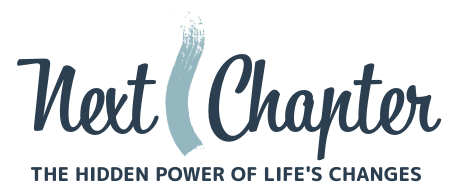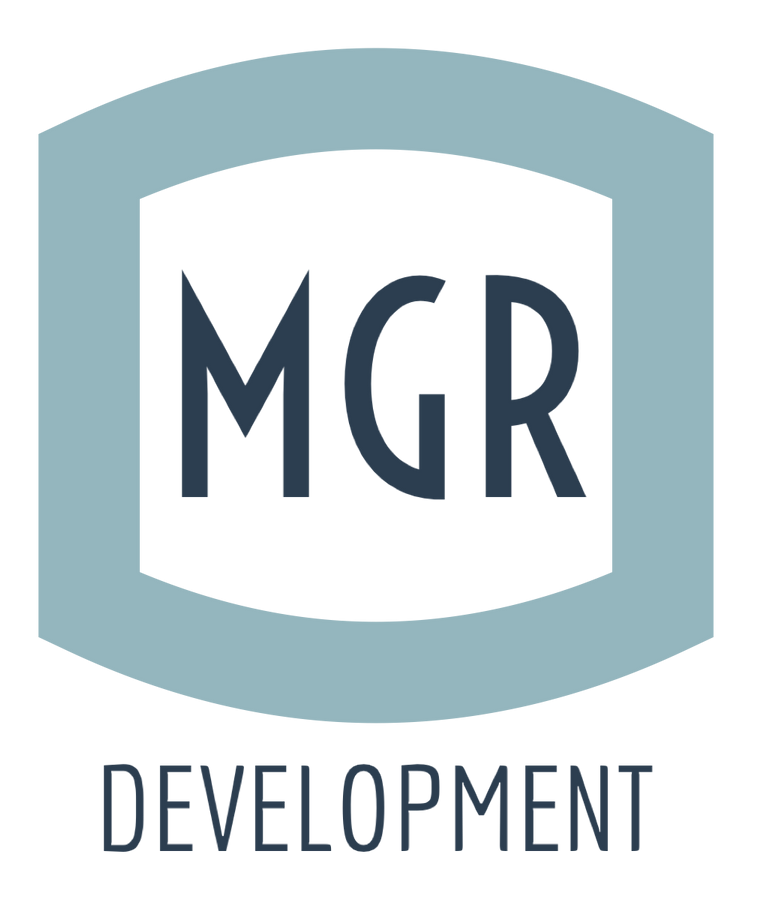
Next Chapter structured coaching initiative based on William Bridges’ transition theory. The program aims to ensure that employees navigate their transition with clarity, confidence, and a sense of appreciation for their time at the company, regardless of whether they are departing due to voluntary turnover, retirement, or reductions in force (RIFs).
The program offers specialized support for retirees, helping them manage both the emotional and practical aspects of later-life transitions. Whether an employee is leaving voluntarily, retiring, or facing a forced transition, the program provides them with the resources and guidance needed to move forward smoothly and positively.
Program Structure and Offerings
Group Workshops:
Workshops, consisting of 10-12 participants, are held regularly to focus on the three stages of transition:
- Understanding the five stages of endings
- Navigating the essential liminal (neutral) stage of uncertainty
- Developing strategies to embrace new beginnings
These workshops can be scheduled quarterly or more frequently, based on demand, and are designed to equip employees with insights and tools to manage their transition effectively.
Individual Coaching Sessions:
Personalized one-on-one coaching sessions offer tailored support to employees, addressing their specific needs and concerns during their transition. These sessions help employees gain clarity and confidence as they prepare for their next steps.
Retirement Support Program:
Retirees receive specialized coaching and workshop support that focuses on the unique challenges of entering retirement. The program helps retirees address both emotional and practical concerns, guiding them to embrace this new phase of life with purpose and confidence.
Benefits to Employees and Employers
Retirement Preparedness:
Tailored retirement coaching ensures that long-serving employees leave with a positive experience, preserving their goodwill toward the company. This strengthens the company’s relationship with its retirees and enhances its reputation as a supportive employer.
Reduced Turnover Costs:
By offering structured support for employees in transition, the company can reduce the costs associated with turnover, rehiring, and onboarding. Additionally, the program helps retain key talent during periods of change, preventing unnecessary disruptions to company operations.
Metrics for Success
Employee Satisfaction:
Employee feedback and satisfaction surveys will be collected to assess the effectiveness of the program. This feedback will be used to continuously improve the program and ensure it meets the needs of transitioning employees.
Reduction in Negative Outcomes:
The program will monitor for any reduction in grievances or legal actions related to reductions in force (RIFs), ensuring that the transition process is as smooth and supportive as possible.
Career Outcomes:
The program will track how quickly employees find new roles or successfully transition into retirement, providing a clear measure of its impact on participants’ post-company lives.
The Next Chapter Corporate Program is designed to help employees navigate through periods of change with confidence, ensuring their transition out of the company is not only smooth but also an opportunity for growth and renewal. This approach benefits both the employees and the company, fostering positive outcomes and reducing the risks associated with workforce transitions.
